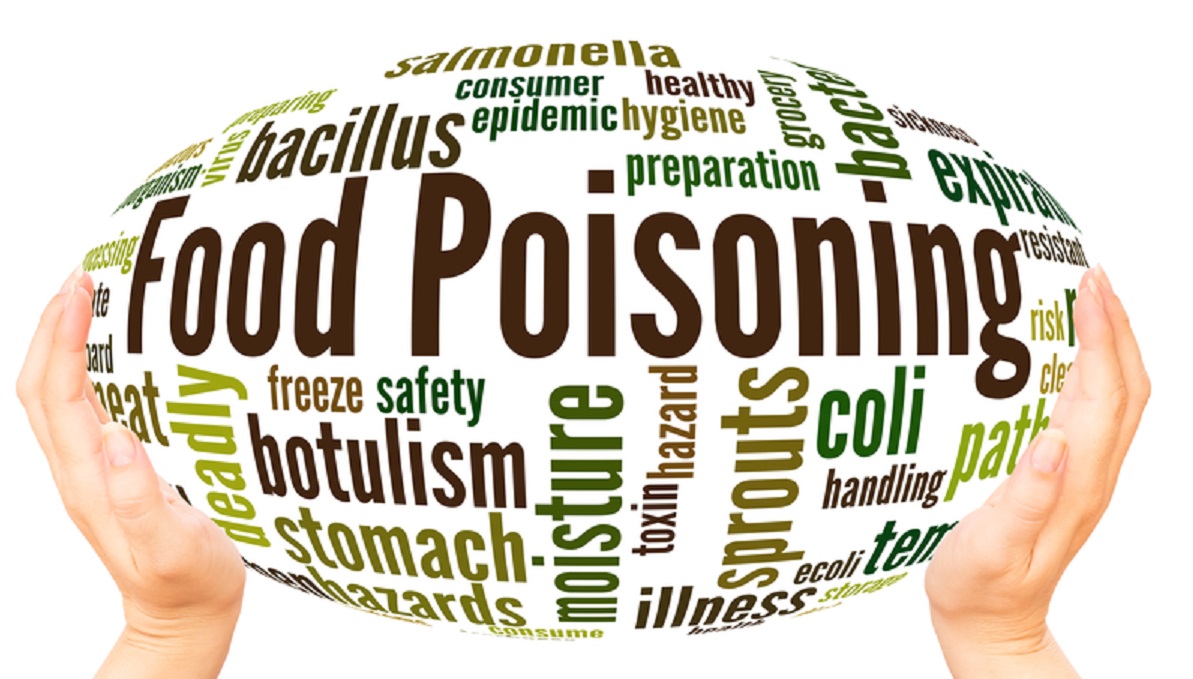Public health officials in Hong Kong have investigated a number of recent food poisoning cases linked to a range of different foods.
Earlier this week, the Centre for Health Protection (CHP) of the Department of Health revealed a suspected puffer fish poisoning case and reminded people not to consume puffer fish.
The patient is an 84-year-old man who developed dizziness, finger numbness and shortness of breath about one hour after eating cooked puffer fish, which was caught by himself on the same day in local waters. He was admitted to a hospital for treatment and is in stable condition.
Certain organs of puffer fish have high concentrations of tetrodotoxin, which is a potent neurotoxin that can affect the central nervous system. The toxin is not removed by cooking, boiling, drying or freezing.
In another incident, suspected neurotoxic shellfish poisoning affected two people.
A 42-year-old female and a 45-year-old male presented with tingling of the tongue, vomiting and diarrhea a few minutes to three hours after consuming steamed snails at home. An initial investigation revealed the snails were bought from a seafood stall at Ap Lei Chau Market.
“Neurotoxic shellfish poisoning toxin is a natural toxin sometimes found in bivalve shellfish. It is heat-stable and cannot be destroyed through cooking,” said a CHP spokesman.
Advice from officials included sourcing shellfish from places where monitoring programs for toxins have been established and to only purchase such products from reliable sources.
Bacterial outbreaks
CHP also investigated two suspected food poisoning clusters affecting five people.
The first cluster had two females, aged 29 and 30, who developed abdominal pain, diarrhea, nausea, vomiting and fever about 15 hours after eating at a restaurant in Tsim Sha Tsui. The other cluster involved three females, aged 22 to 49, who had similar symptoms about 14 hours after having dinner at this restaurant on the same day. Two people were hospitalized.
Initial investigations pointed to pancakes made with eggs as the source of illness that might have been caused by Salmonella.
An imported case of Shiga toxin-producing E. coli (STEC) infection was recorded in mid-August.
A 2-year-old boy was suffering from vomiting in early August, and then had a fever, abdominal pain and diarrhea the next day. He was taken to hospital and admitted before being discharged the next day after his condition became stable. STEC was detected in a stool specimen.
The patient had been to Malaysia from July 29 to August 3. He had consumed yogurt and fresh fruit juice, and had contact with animals. He also swam at the beach and in a swimming pool. Two family members also recorded similar symptoms but had recovered.
The largest outbreak sickened at least 55 people. It involved 24 males and 31 females, aged 7 to 49, who came down with abdominal pain and diarrhea eight to 16 hours after having dinner at a canteen of a campsite in Tai Po.
Officials suspected penne carbonara contaminated with Clostridium perfringens as the source of illness. Initial investigations revealed a possible reason for the incident was improper food holding temperatures.
Wild plants and bamboo shoot
In mid-August, a 69-year-old woman fell sick after accidentally consuming part of a dangerous plant. CHP reminded the public not to pick or consume wild plants, and to be aware of vegetables containing calcium oxalate raphide.
The patient reported oral numbness, a burning sensation of the mouth and shortness of breath shortly after consuming a wild taro that she was given as a gift from a friend in Tai Po.
Taro is a popular ingredient used to prepare various dishes and desserts. However, some plants look like taro, such as giant alocasia, but contain toxins that can cause food poisoning.
CHP has also advised people not to consume raw bamboo shoot after a 67-year-old man and a 50-year-old woman fell ill.
The male patient bought fresh bamboo shoots from a shop in Mei Foo and the female patient pressed them into juice at home on the same day. The duo developed headache, dizziness, palpitation, nausea, limb numbness and shortness of breath 10 minutes after drinking the juice.
“Raw bamboo shoot contain cyanogenic glycosides. Cyanogenic plant products such as bamboo shoot can cause poisoning when eaten raw and in sufficient amounts. Cyanogenic plants should be cut into smaller pieces, soaked in water and cooked thoroughly in boiling water before consumption,” said a CHP spokesman.
(To sign up for a free subscription to Food Safety News, click here.)

